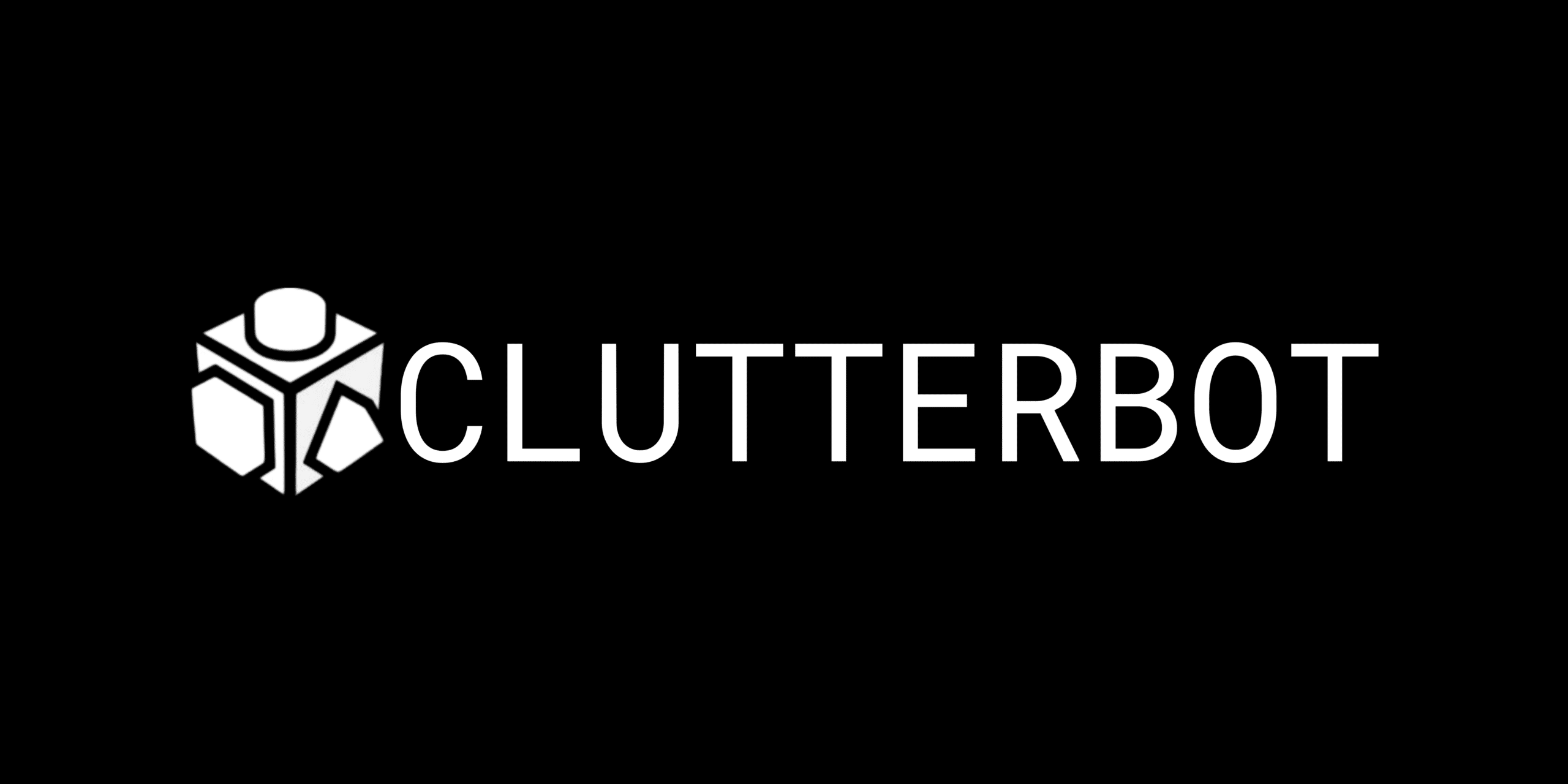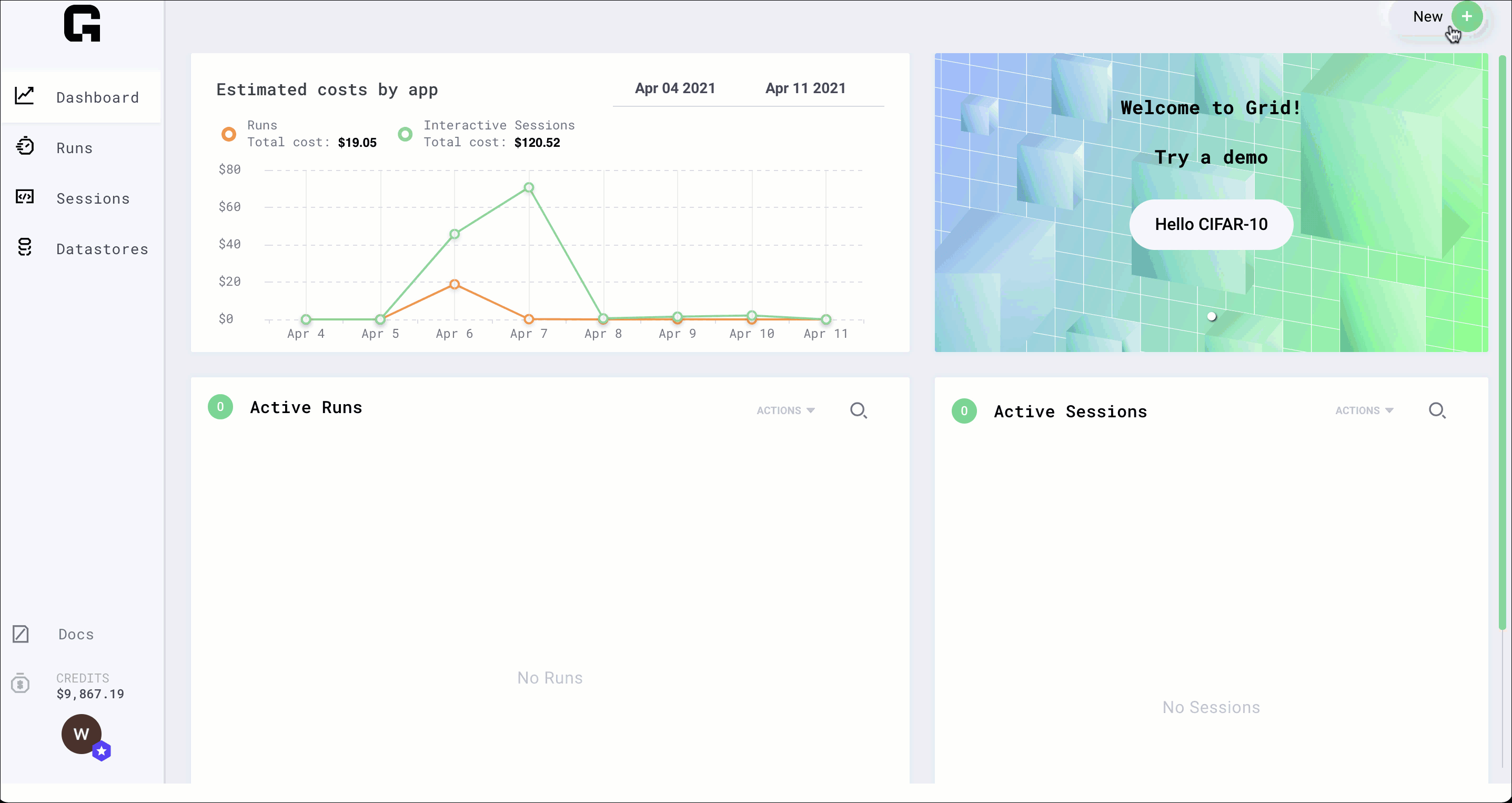
How Computer Vision Researchers Use Grid For Their Infrastructure Requirements
The Project:
Clutterbot is a New Zealand-based startup that builds autonomous cleaning robots. Syed Riaz, the Senior Machine Learning Engineer for Clutterbot, focuses on computer vision use cases to solve real world challenges. His expertise in object detection, tracking and multitask learning is helping the company develop a working prototype.
Regular cleaning is an essential task for improving health and reducing stress, but takes time away from our already busy lives. Clutterbot’s cleaning robot gives that time back so that users can focus on family or other personal activities. It also encourages a sustainable lifestyle by reducing the environmental impact of cleaning and organizing a space.

The company uses state-of-the-art computer vision and artificial intelligence to navigate home environments, find toys/objects on the floor and organize them by category into containers. A mobile app houses and manages this entire process.
The Challenge:
The biggest challenge for Syed and his team was that they had to spend a considerable amount of time building an ML (Machine Learning) infrastructure, which was both costly and resource-intensive. After the team had completed their significant research and development phase, the need to build and manage this infrastructure prevented them from working on the project itself. Building this infrastructure on their own caused delays in prototyping new models, and implementing those technologies from scratch also grew into a costly and significant investment.
Not wanting to waste time and resources building out their own ML infrastructure led Clutterbot to look for a solution that would manage this facet of their pipeline.
The Solution:
A Clutterbot team member first learned about Grid after using PyTorch Lightning and was initially drawn to its convenient and easily-implemented features such as Sessions for quick prototyping and model training.
Grid Sessions are an interactive environment in which you can develop, analyze and prototype models or ideas on a live machine. Grid allocates the hardware you need on demand, so you only pay for what you need when you need it.

The Sessions feature, as well as its pre-installed tools, allowed the Clutterbot team to mount numerous GPUs automatically, enabling them to train their model faster. They were also able to pause their session on demand without losing any progress. Pausing a session, for example overnight or over the weekend, typically saves a considerable amount in training costs when nobody is available to monitor the session. Whenever you’re ready to resume, a simple click continues the session.
Because of Grid’s easily-implemented features, Clutterbot no longer had to worry about developing their own ML infrastructure from the ground up. This auto-restart feature allowed them to train their models on demand, whenever they needed to. That enabled them to avoid paying for training costs they didn’t need, as they would have with AWS. Instead, they were able to focus on solving the research, development, and business problems that mattered to them.
The team benefited from:
- Not having to write a whole lot of code from scratch!
- Flexible sessions which allowed them to spin up multiple GPUs and easily shut down when completed.
- Not having to worry about the boilerplate, how to deal with CUDA and normal installation of a variety of drivers – everything is tied in with sessions.
- Customizable settings that suit you and your team’s workflow.
Getting Started with Grid:
Interested in learning more about how Grid can help you manage deep learning model development for your next project? Get started with Grid’s free community tier account (and get $25 in free credits!) by clicking here. Also, explore our documentation and join the Slack community to learn more about what the Grid platform can do for you.